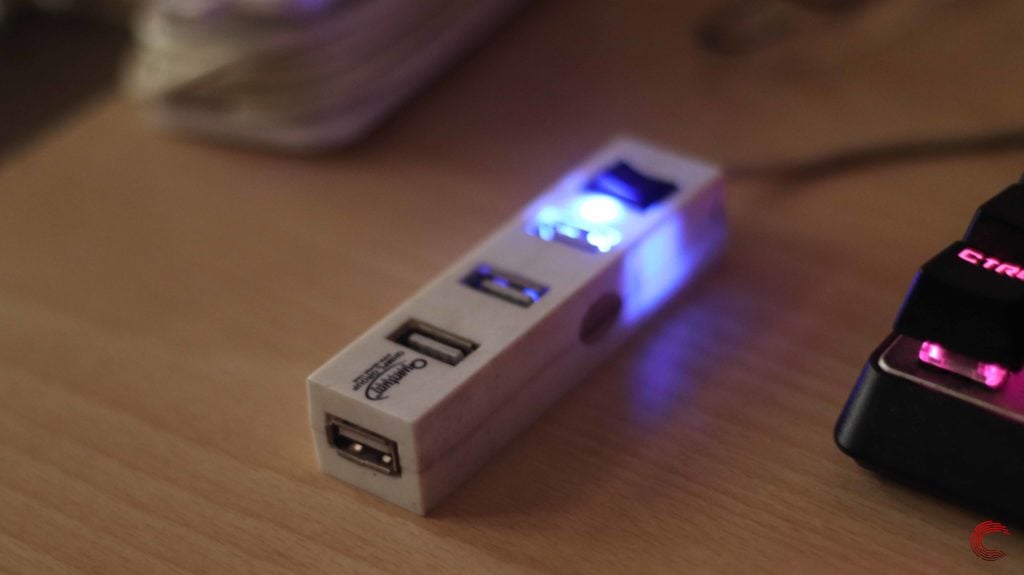Depending on your PC’s hardware, there are tons of different BIOS settings that you might encounter which won’t exactly make sense in the first go. Regardless, if you’re looking to extract the most out of your hardware, a few changes in the BIOS can go a long way and for that, you need to know what each setting means.
In this article, we’re taking a look at what XHCI hand-off means, what exactly the feature does and should you enable it in your BIOS.
Also read: What is SVM mode? Everything you need to know
XHCI Hand Off explained
The XHCI handoff mode controls the way your USB 3.0 ports behave. When enabled, your onboard USB 3.0 ports will function like regular USB 3.0 ports. However, when disabled, it deprecates the USB 3.0 ports to USB 2.0.
For computers running Windows 10 or later, XHCI handoff is automatically enabled. However, if you’re on Windows 7, 8 or any other version, it’s recommended that you ensure that XHCI handoff is enabled in your BIOS settings for optimal bandwidth on your USB ports.

Most motherboards have a number of different XHCI handoff modes depending on the driver availability and overall functionality of the motherboard. The two most popular modes are as follows:
Auto XHCI handoff
In the auto mode, your USB 3.0 ports will behave like USB 2.0 ports until the USB 3.0 drivers are loaded by the BIOS. As soon as your machine exits the boot phase and the BIOS loads the required drivers, your USB ports will revert back to USB 3.0.
XHCI handoff smart mode
The smart mode works exactly like auto mode when you’re booting up your computer. However, when you restart, the BIOS recognises a reboot and keeps the required drivers loaded in the memory so that your ports don’t deprecate to USB 2.0 on boot.
Also read: What is DOCP? Everything you need to know
EHCI vs XHCI
Since EHCI and XHCI pretty much serve the same purpose, it’s easy to get the two confused. However, the two aren’t interchangeable. EHCI was built for USB 2.0 interfaces and XHCI was built for USB 3.0. For all intents and purposes, XHCI is a more advanced version of EHCI.
XHCI is mostly seen on 100 series motherboards and higher, which basically correlate to Intel’s sixth-gen processors or higher which have USB 3.0 compatibility but are backwards compatible with USB 2.0 as well.
Also read: What is Network Stack in BIOS? Should you enable it?






